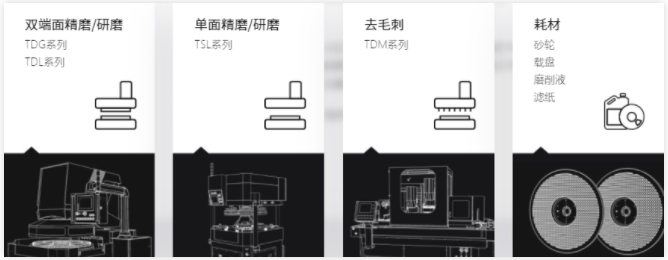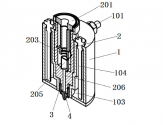supercat
Colonel
Study for building multifunctional molecular nanocircuits:
Single-molecule field effect and conductance switching driven by electric field and proton transfer
Abstract
Single-molecule junctions (SMJs) offer a novel strategy for miniaturization of electronic devices. In this work, we realize a graphene-porphyrin-graphene SMJ driven by electric field and proton transfer in two configurations. In the transistor configuration with ionic liquid gating, an unprecedented field-effect performance is achieved with a maximum on/off ratio of ~4800 and a gate efficiency as high as ~179 mV/decade in consistence with the theoretical prediction. In the other configuration, controllable proton transfer, tautomerization switching, is directly observed with bias dependence. Room temperature proton transfer leads to a two-state conductance switching, and more precise tautomerization is detected, showing a four-state conductance switching at high bias voltages and low temperatures. Such an SMJ in two configurations provides new insights into not only building multifunctional molecular nanocircuits toward real applications but also deciphering the intrinsic properties of matters at the molecular scale.


